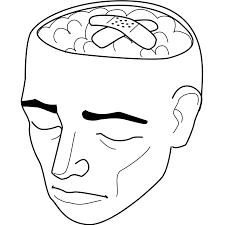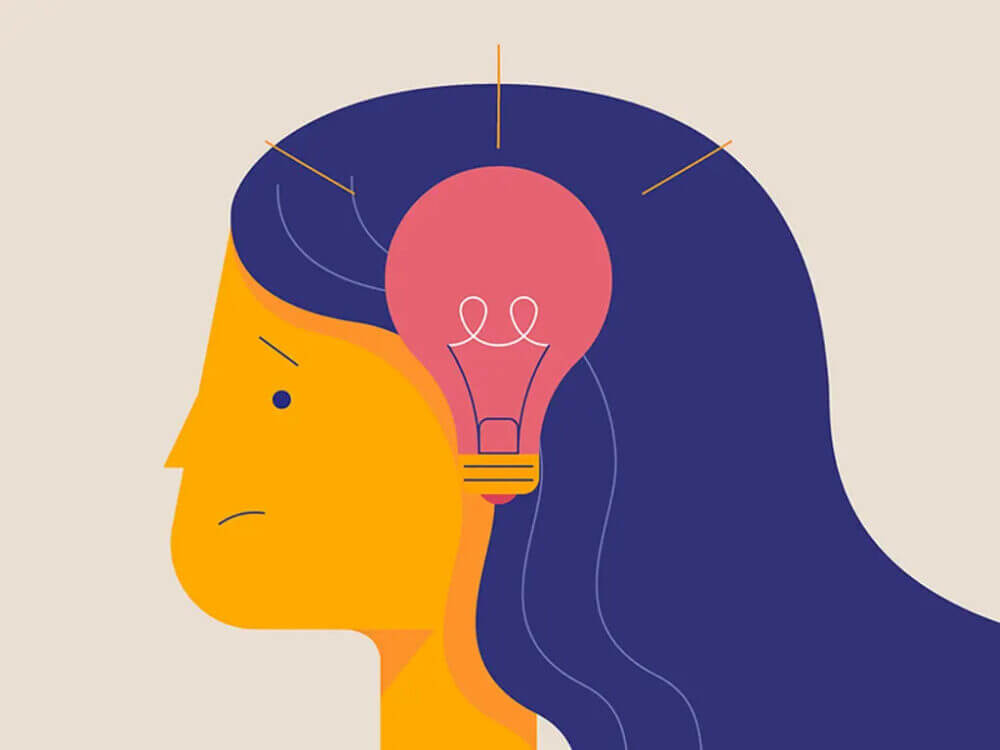Introduction
In a 2022 survey of young adults belonging to Gen Z, findings revealed that 42% had received a diagnosis for a mental health condition. Alarmingly, 26% of these diagnoses occurred during the COVID-19 pandemic, exacerbating mental health crisis across various age groups. As Gen Y and Gen Zers have come of age, they’ve been constantly exposed to a series of disasters, from global pandemics to recurring mass shootings. These traumatic events have become an unavoidable reality for these “digital natives,” with 54% spending at least four hours daily on social media.

What is the reason behind Gen Z’s Stress and Collective Trauma?

Perhaps the more fitting question is: What isn’t causing stress for Gen Z?
Throughout their relatively short lives, the kids, teens, and young adults comprising Gen Z have endured many challenges. Their educational journey has been markedly different from previous generations, with a significant portion disrupted by the pandemic. Even upon returning to school, things haven’t reverted to normalcy. The ongoing pandemic and increasing instances of shootings have cast a shadow over the perceived safety of schools for many Gen Zers. Furthermore, they’ve been inundated online with stories of police brutality, environmental crises, social injustices, and more. Compared to older adults, surveys indicate that Gen Z individuals aged 15-24 are significantly more stressed about various pressing issues, encountering them through news, social media, conversations with friends, and firsthand experiences leading to mental health crisis.
What are the Main Symptoms of Trauma?

The main symptoms of trauma are as follows:
- Reliving Trauma: Vivid flashbacks, intrusive thoughts, nightmares, and intense distress triggered by reminders of the trauma.
- Heightened Alertness: Panicking when reminded of the trauma, irritability, disturbed sleep, difficulty concentrating, and being easily startled.
- Avoidance: Keeping busy, avoiding reminders of the trauma, emotional numbness, detachment from feelings or body, engaging in self-destructive behaviors, and substance use to cope.
- Difficult Beliefs and Feelings: Feeling distrustful, unsafe, misunderstood, self-blame, and overwhelming emotions such as anger, sadness, guilt, or shame
Effects of Trauma on Mind and Body

The effects of trauma on the mind and body are profound. During traumatic events, the amygdala, responsible for recognizing danger, takes over, temporarily shutting down language functions. This results in the brain storing visual and tactile memories of the trauma. Traumatic experiences can lead to a disruption in the body’s stress response, causing physical symptoms such as chronic illness, sleep disturbances, headaches, or unexplained chest pain. Even if memories of trauma are repressed, the body retains the experience, particularly in cases of childhood trauma. Art therapy offers a valuable avenue for addressing and processing these deeply hidden traumas, providing a means of expression and healing beyond traditional talk therapy.
Trauma is a deeply complex and often debilitating experience that can leave lasting scars on both the mind and body. Whether stemming from abuse, violence, loss, or other traumatic events, the impact can be profound and far-reaching. However, art therapy is a beacon of hope in the darkness. Let’s explore the powerful intersection of art and trauma, delving into how creative expression can transform healing and recovery.
Understanding Trauma
Before diving into the role of art therapy in trauma healing, it’s crucial to understand the nature of trauma itself. Trauma consists of wide range of experiences, from acute incidents such as accidents or assaults to chronic forms like childhood abuse or neglect. Regardless of the source, trauma disrupts the sense of safety, stability, and trust, leaving individuals feeling overwhelmed, powerless, and disconnected.
The Effects of Trauma
The effects of trauma can manifest in various ways, impacting both mental and physical health. Symptoms may include intrusive thoughts, flashbacks, hypervigilance, avoidance behaviours, and emotional numbing. Left unaddressed, trauma can contribute to the development of mental health disorders such as post-traumatic stress disorder (PTSD), depression, anxiety, and substance abuse.
Traditional Approaches to Trauma Therapy
Traditionally, trauma therapy has focused on verbal forms of expression, such as talk therapy or cognitive-behavioural techniques. While these approaches can be practical for some individuals, they may also present challenges, particularly for those who struggle to verbalize their experiences or who find it triggering to recount traumatic events in detail.
The Role of Art Therapy
This is where art therapy enters the picture. Art therapy offers a unique and complementary approach to trauma healing by harnessing the power of creative expression. Rather than relying solely on words, art therapy provides individuals with alternative means of communication, allowing them to express complex emotions, memories, and sensations through visual and tactile mediums.

Engaging in the Creative Process
In art therapy sessions, individuals are invited to explore a variety of artistic mediums, including painting, paper crafts, drawing, sculpting, collage, and more. Through creating, they are encouraged to tap into their inner world, accessing thoughts and feelings that may be difficult to articulate verbally. For many survivors of trauma, this process can be incredibly liberating, offering a sense of agency and control over their narrative.
Creating a Safe Container
Establishing a safe and supportive therapeutic environment is central to the success of art therapy in trauma healing. Art therapists create a space free from judgment, where individuals feel empowered to explore their experiences at their own pace. This sense of safety is essential for building trust and rapport, allowing clients to delve into the depths of their trauma with confidence and security.

Processing Traumatic Memories
Art therapy provides a non-linear and intuitive approach to processing traumatic memories. Rather than reliving events chronologically, individuals can express fragments of their experience through imagery, symbolism, and metaphor. This indirect approach can be less overwhelming and retraumatizing, enabling clients to explore complex themes and emotions in a manageable way.
Externalizing Internal Experiences
One of the most powerful aspects of art therapy is its ability to externalize internal experiences. Through artistic expression, individuals can transform abstract thoughts and emotions into tangible forms. For example, a survivor of sexual assault may choose to create a sculpture representing the weight of their trauma or paint a vivid landscape symbolizing their journey towards healing.
Building Resilience and Empowerment
As individuals engage in the creative process, they often discover newfound strength, resilience, and self-compassion. Art therapy fosters a sense of empowerment, allowing survivors to reclaim ownership of their narrative and rewrite their stories to affirm their agency and resilience. Through art, they can envision a future free from trauma, filled with hope, possibility, and healing.
What the future holds for new generations to battle mental health crisis?

With increased awareness about mental health and reduced stigmas, Gen Z can access the support they require. Virtual care has become widely available, offering more affordable options, particularly crucial for overcoming financial barriers. Research on telehealth for mental health, including serious conditions like substance use disorders, shows promising results. This accessibility extends to those in healthcare deserts, such as rural areas. Employers are also acknowledging mental health concerns, offering benefits like mental health days and access to virtual therapy providers, reflecting a positive shift in societal attitudes towards mental well-being.
